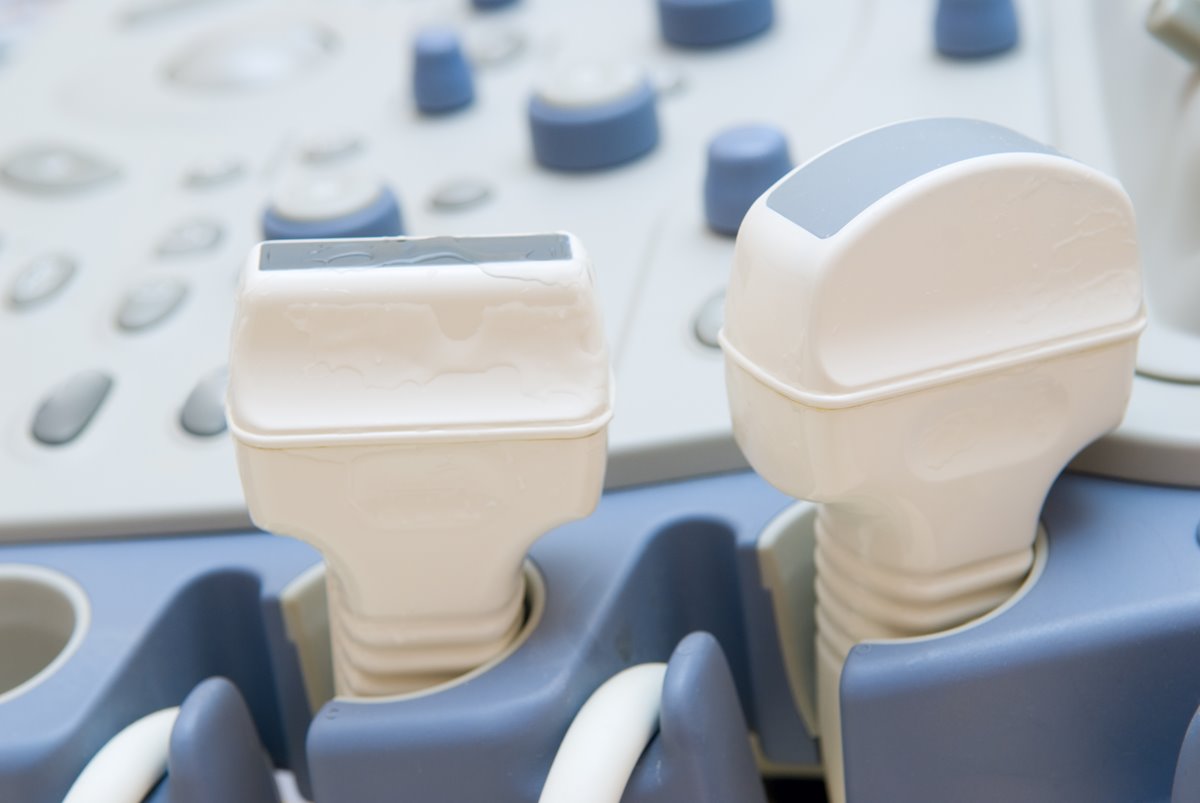If a patient asks whether an ultrasound transducer is cleaned effectively prior to their scan, can you reassure them that it is?
A best practice summary document and poster have been published to the SoR's Policy and Guidance Document Libraryto ensure all sonographers can ‘promote, ensure and evidence effective and safe decontamination of ultrasound machines and transducers.’
It includes essential information, terminology, top tips for best practice and links to relevant documents.
“Training should be provided and recorded for all staff involved in any level of decontamination,” the document says.
Repaired or damaged probes may be unsuitable for some decontamination methods. The document suggests that “accidental damage can happen; be open and transparent about this. If a transducer is dropped or damage is noted whilst cleaning, remove from service and report to a manager.”
The five steps to decontamination are:
1. Remove transducer cover, gel/visible soiled material from transducer
2. Visually inspect the transducer, cable and machine. Report any signs of damage and remove affected piece of equipment
3. Determine the level of decontamination required and refer to the manufacturer’s guidance on cleaning products or devices which can be used
4. Follow decontamination process
5. Record actions where required.
Included is a summary to highlight the different levels of decontamination and current best practice advice.
Ultrasound Transducer Decontamination - Best Practice Summary has been jointly published by the Association of Healthcare Technology Providers for Imaging, Radiotherapy and Care (AXREM), the British Medical Ultrasound Society (BMUS) and the Society and College of Radiographers (SCoR).
Download the full document.
Download the best practice poster.
